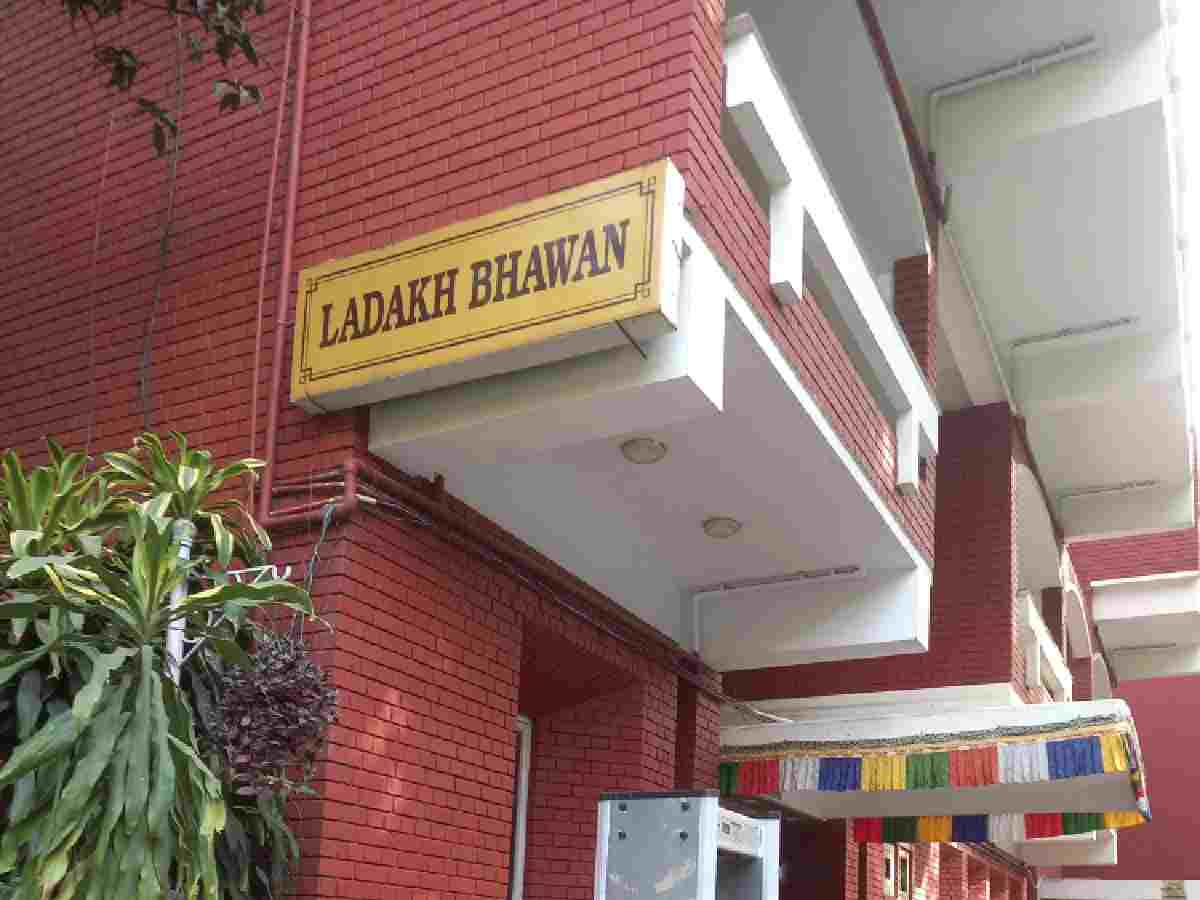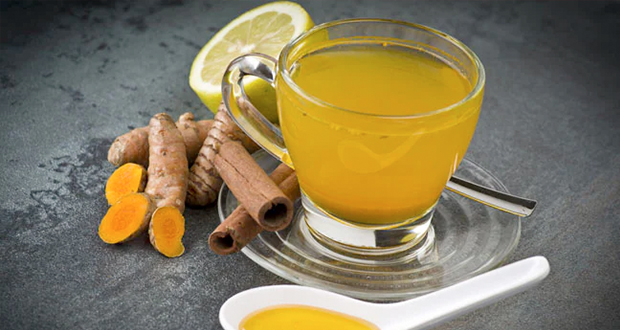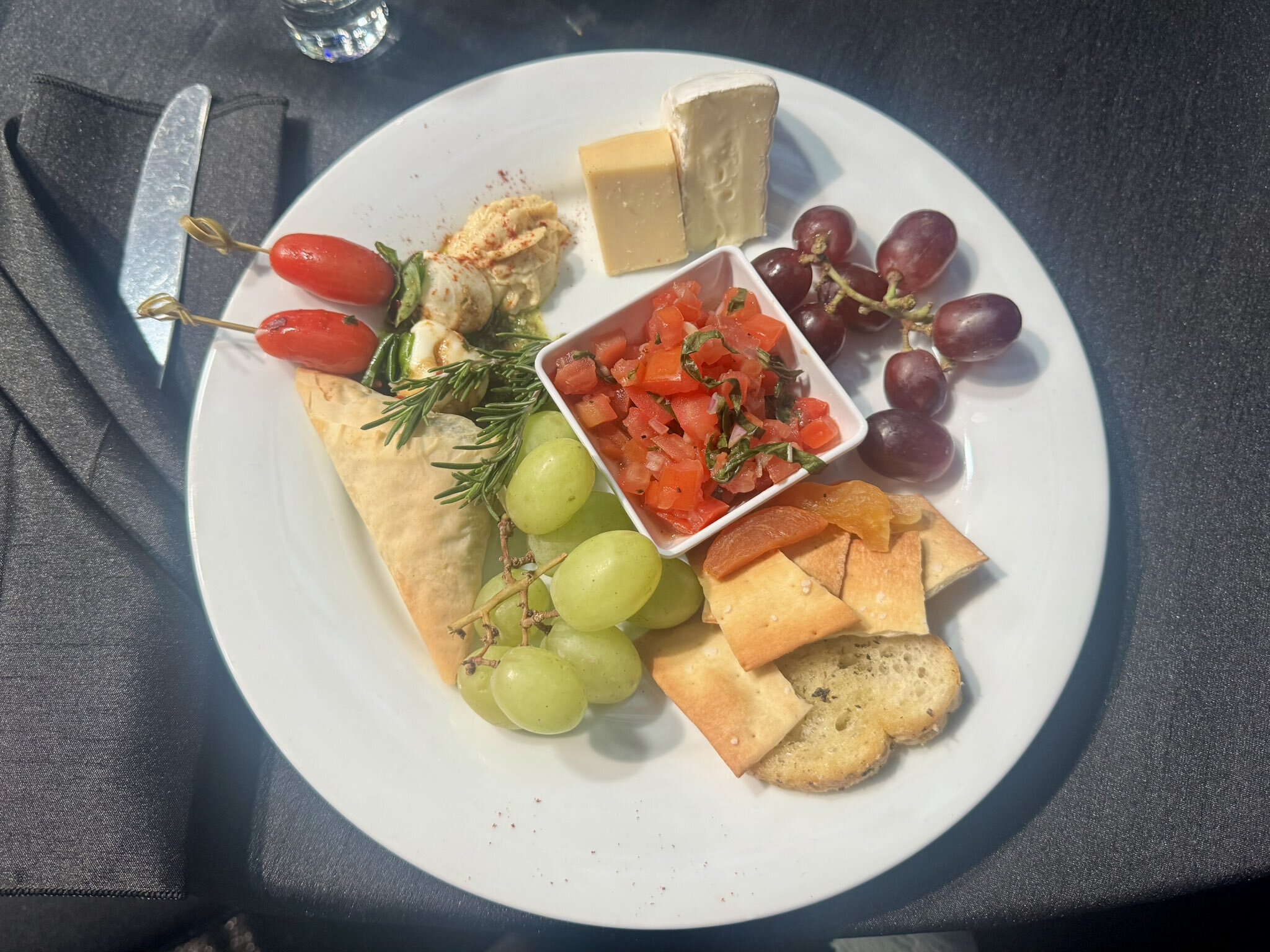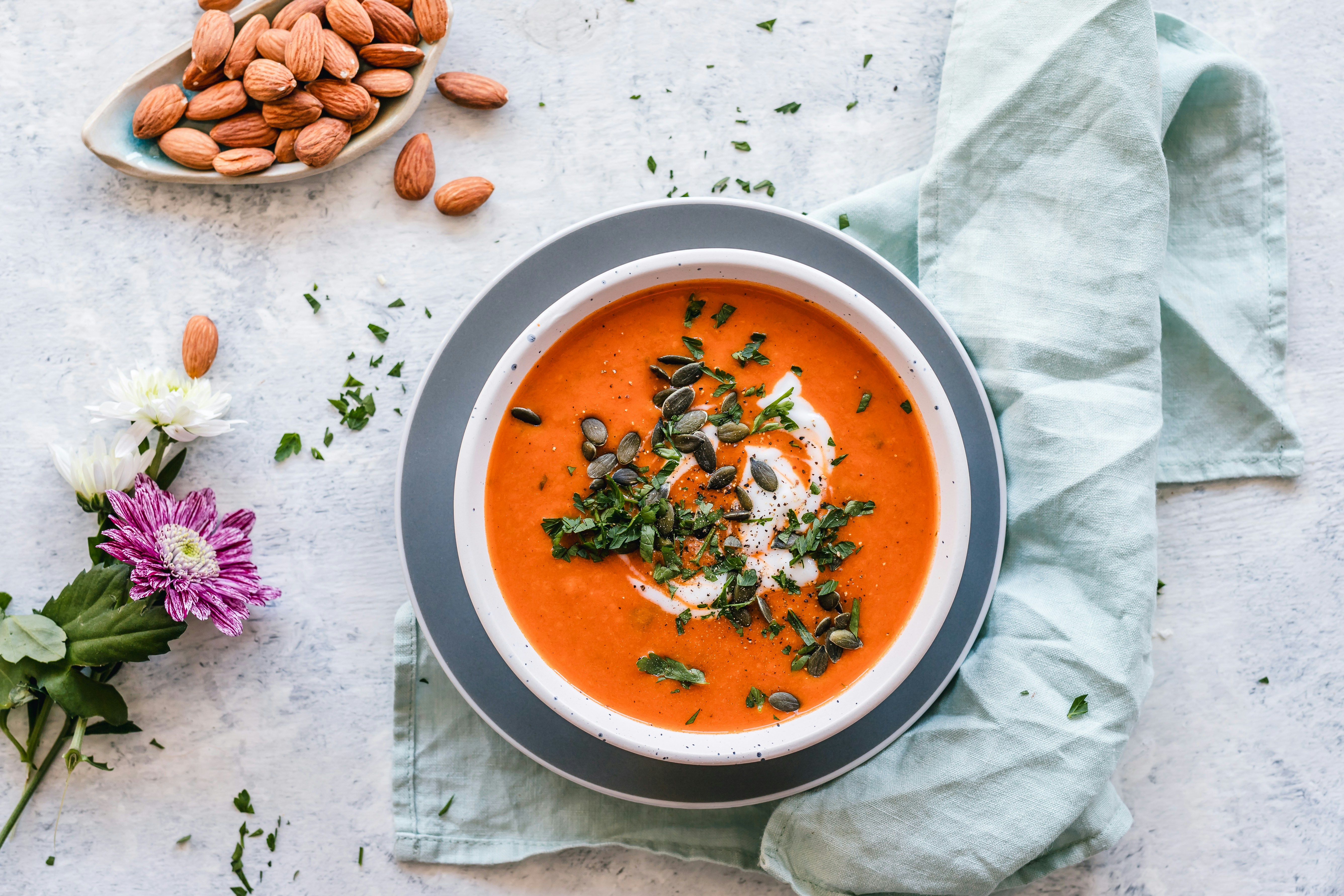Vadas is a staple across many Indian kitchens. They are crispy on the outside, fluffy within, and endlessly satisfying when dunked into hot sambar or paired with chutney. But here's a fun question: have you ever paused mid-bite to wonder why that signature hole sits proudly at the centre of every vada? We often accept it as tradition, like jalebis being spirals or dosas being round. But the truth is, there's solid logic behind this culinary quirk. So, before you reach for your next bite, let's uncover the reasons why that little hole matters more than you might think.
Also Read:Shawarma Named World's Best Sandwich, Indian Vada Pav Ranks At...

Photo Credit: iStock
Here Are 5 Reasons Why Vadas Have A Hole In The Centre:
1. Even Cooking:
Deep-frying thick dough can be tricky, especially when heat struggles to reach the centre. The hole ensures the hot oil circulates evenly, cooking both the inside and outside to perfection. No soggy middle, no undercooked dough, what you get is just crisp, golden deliciousness.
2. Better Texture:
The design helps create that ideal contrast: crispy exterior with a soft, airy centre. It prevents the vada from turning out dense or doughy, giving you that satisfying bite every time.
3. A Time-Tested Technique:
In many Indian households, vadas are shaped by hand, ring-style, and then gently slid into hot oil. This method has been passed down for generations, and the hole isn't just practical, it's part of the vada's identity.
4. Ease Of Frying:
Without that hole, frying would be a lot harder. A solid ball of batter takes longer to cook and often burns on the outside before the middle is done. The hole allows heat and oil to penetrate uniformly, making it easier for home cooks to get it just right.
5. Visual Appeal:
Let's be honest, there's something charming about a well-shaped vada. The hole makes it instantly recognisable and visually appetising. Whether plated at home or served in a street-side stall, that golden ring adds character to every meal.

Photo Credit: iStock
5 Quick Tips To Make The Perfect Crispy Vadas:
- Use high-quality urad dal or the right gram flour for best texture.
- Make sure your oil is hot but not smoking, around 180-degree Celsius is ideal.
- Fry in small batches to avoid crowding the pan.
- Drain on paper towels to remove excess oil.
- Don't overmix the batter; it should be fluffy, not dense.
Also Read: How To Make Upvas Vada: A Crunchy, Flavour-Packed Gujarati Fasting Snack
Now that you know the story behind the hole, you'll never look at vadas the same way again. The next time someone asks, you'll have five delicious reasons to explain, and perhaps, pass on the technique too.













